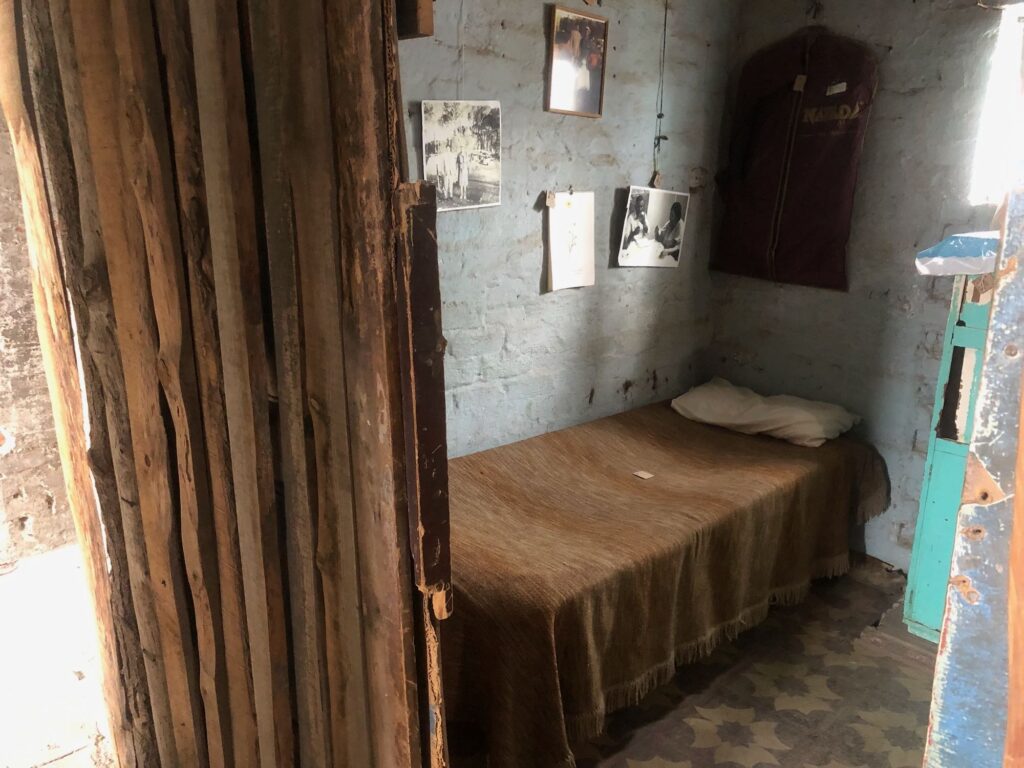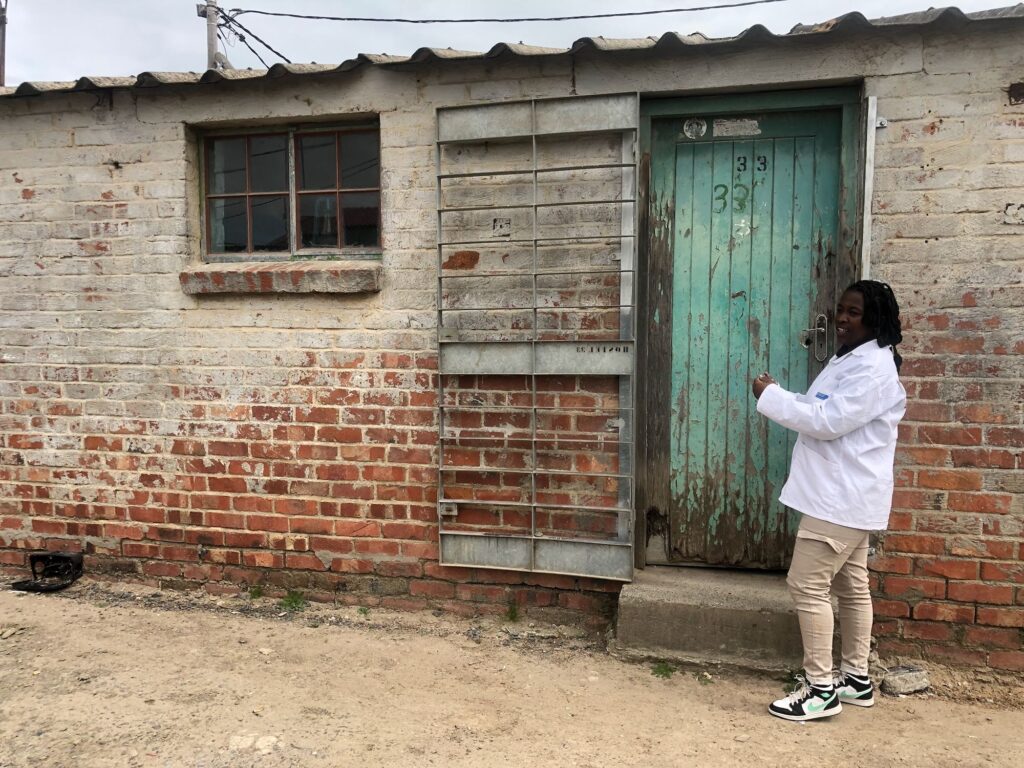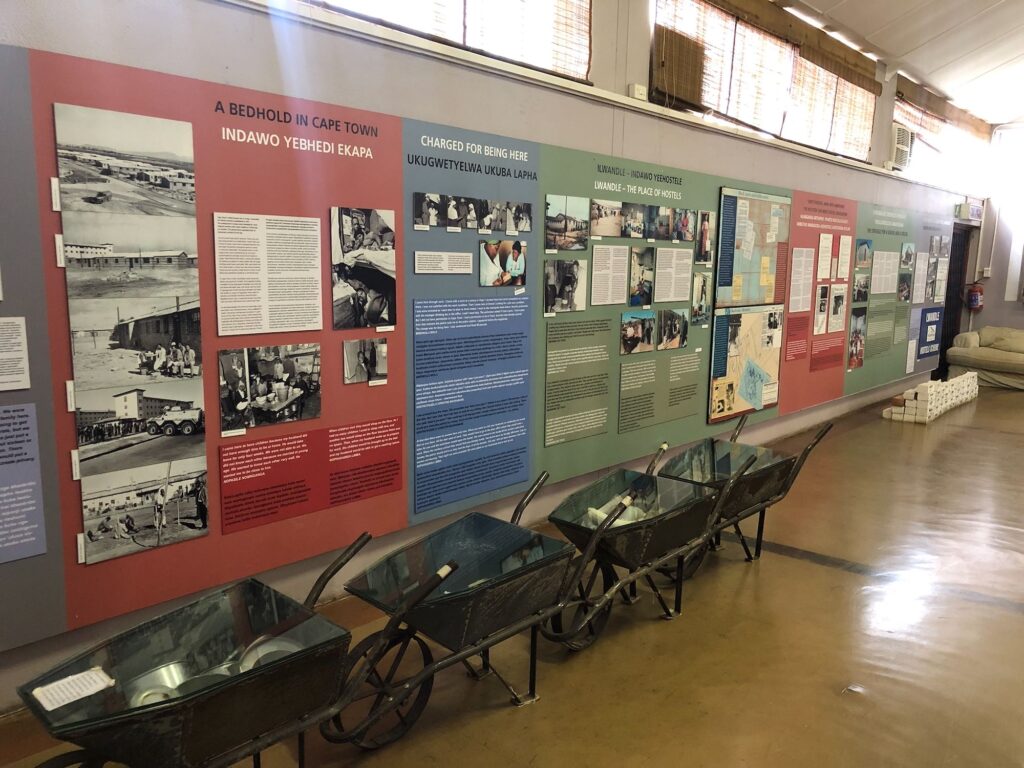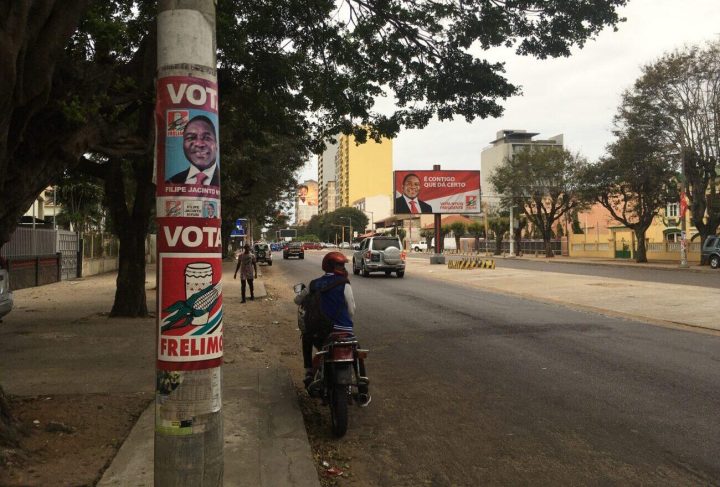A bedroom in Hostel 33, the last apartheid migrant labour hostel in Cape Town. Photos: Mary-Anne Gontsana
By Mary-Anne Gontsana – this post first appeared on GroundUp
The Lwandle Migrant Labour Museum has the last preserved migrant labour hostel



- IN SUMMARY: The Lwandle Migrant Labour Museum commemorates migrant workers who lived in hostels.
- Hostel 33, built in the 1960s, housed single working men and controlled their movements.
- Workers mainly came from the Eastern Cape to work in construction and factories.
- Hostels were overcrowded, with small rooms, narrow beds, and poor living conditions.
- Hostel 33 is the last preserved hostel, attached to the Lwandle Migrant Labour Museum.
- Residents of Room 33 initially protested the hostel being turned into a museum, asking for better accommodation.
- Yandisa Magagana, the museum’s tour guide, shared that remaining tenants were eventually moved to alternative housing.
- Hostel 33 is a provincial heritage site, governed by Heritage Western Cape.
- The hostel lifestyle from the 1960s to the early 2000s is curated by the museum.
- Rooms had beds raised on bricks for storage and rusty cages as makeshift wardrobes.
- There was also a “beerhall” where men drank, and beer cost R2 a bottle.
- During the 1980s unrest, the population grew to nearly 3,000 people, and residents built shacks for more space.
- On 24 September 2018, Hostel 33 was officially declared a provincial heritage site.






